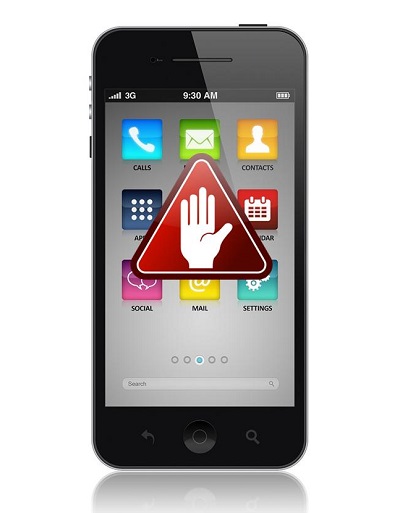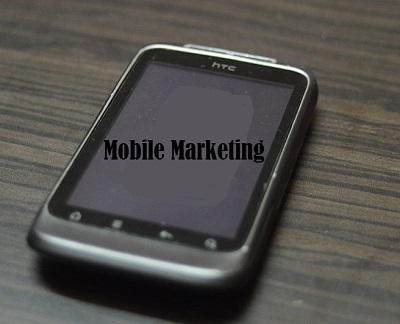This type of software has spread like wildfire among mobile device users but are stopping ads from being displayed.
The AdBlock ad blocking software and app has now reached the point that it has more than 200 million users, and it is allowing those individuals to surf the web without the invasion of excessive advertisements on their screens.
That said, the company has generated controversy by letting some advertising slip through its net, for a price.
People have been becoming frustrated with the constant barrage of popup advertisements and crowded websites and are using ad blocking apps and programs to help them to smooth out their internet usage experience. While many people realize that the advertising on websites are frequently the main source of income for a site and that it is that income that makes the free information possible, they continue to object to how much data is being collected from them and question the mobile security and convenience of the current experience. For this reason – among others – many are choosing to block these forms of marketing.
A lack of transparency in data collection has become a major driver for the use of ad blocking software.
 People simply don’t know which ads are collecting their information nor what specific data is being taken and tracked. Because of the mystery behind this data collection, many mobile device users are deciding to simply block the advertisements in a “better safe than sorry” strategy.
People simply don’t know which ads are collecting their information nor what specific data is being taken and tracked. Because of the mystery behind this data collection, many mobile device users are deciding to simply block the advertisements in a “better safe than sorry” strategy.
This type of mobile security or advertising blocking software works when a device user downloads a plug-in which can be installed into any of several different popular internet browsers.
That said, a recent report assembled by Adobe and a startup from Dublin called PageFair, have determined that this year, alone, there will be $22 billion in lost advertising revenue from ad blocking software and app usage. When compared to the previous year, that represents an increase of 41 percent. In the report, it was also shown that over one in three internet users in some countries – particularly in European nations – now have some form of advertising blocking strategy in place.

 Screenshots of the mobile ads do show that they appear to be recommendations for a new theme for the device that is based on the most recent Fantastic Four movie, despite the fact that it’s not what the notification is, at all. The release date of the film is displayed prominently in several places, as are the logos of the movie studio.
Screenshots of the mobile ads do show that they appear to be recommendations for a new theme for the device that is based on the most recent Fantastic Four movie, despite the fact that it’s not what the notification is, at all. The release date of the film is displayed prominently in several places, as are the logos of the movie studio.